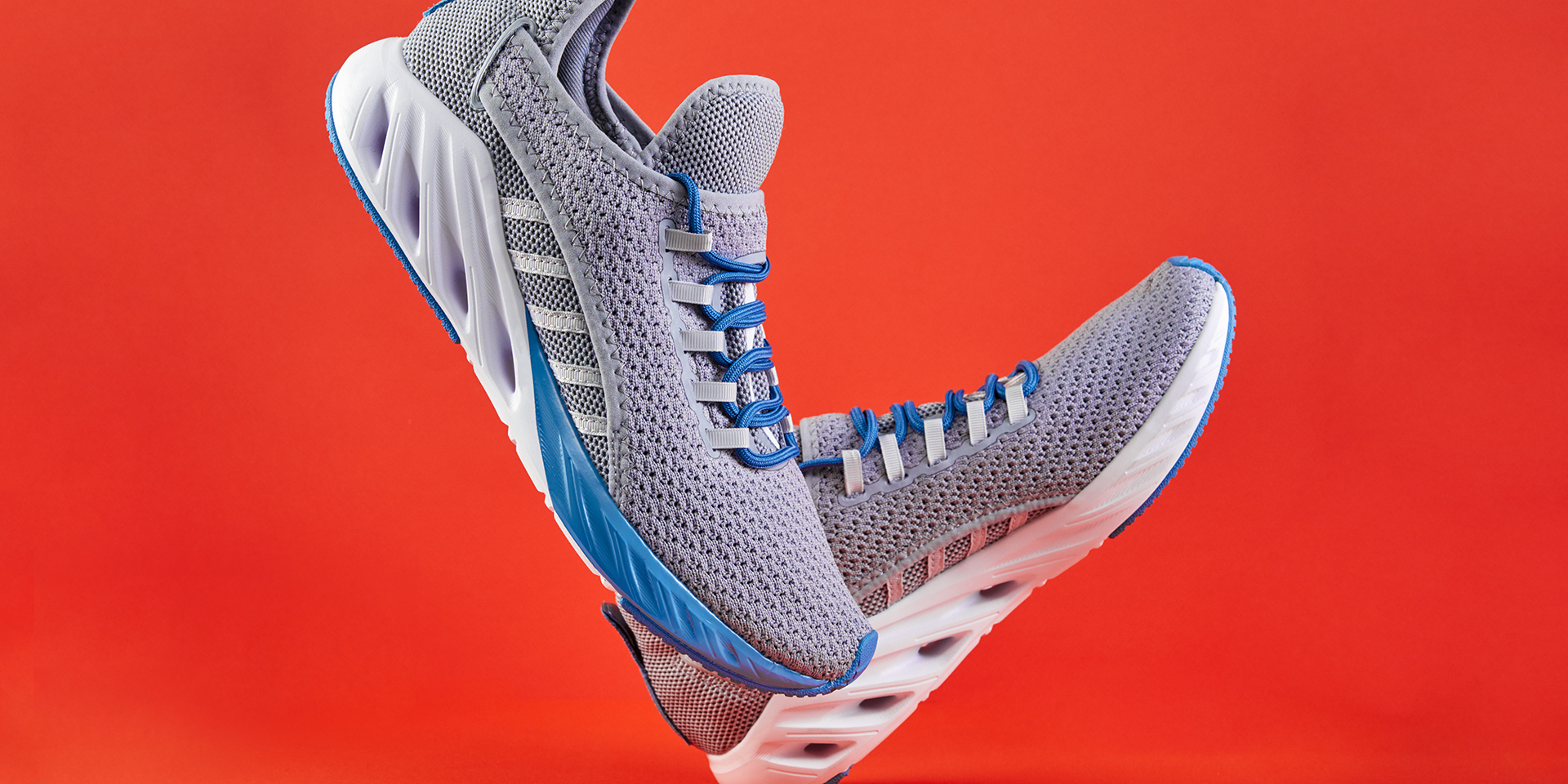
Using Gait and Pressure Data to Design Better Performance Athletics Shoes
Anyone who has seen the movie “Air” knows that the right shoe can be a game-changer. We’re not just talking about ancillary factors, such as sponsorship or finances, but the game itself.
Unsurprisingly, pro basketball players used to have careers that are only a fraction of todays. Can you imagine spending hours on a court in nothing more than Converse sneakers? The very thought makes one shudder.
The bottom line is that supportive footwear is critical to any player’s performance. It helps them be their best in the moment and protects their feet, ankles, and legs for the rest of their career. The right shoes can change an athlete’s life.
But how do you find the right shoes? Well, that’s where gait and pressure data come in.
Let’s examine why performance data and analysis matter, what gait analysis and plantar pressure mean for the best shoe fit, and how you can start with Intelligent Insoles today.
Why Performance Data and Analysis Matter
Performance data is enormous. Not only does it fuel the dreams of many a fantasy sports team manager at the highest levels of athletics, but it’s also integral to any athlete’s career. You might measure many things in an athlete: how they move, how quickly they move, what happens during steps and jumps, and more.
Capturing performance data does more than tell someone whether they’re getting the job done. If you analyze such data closely, you can decode the micro-movements working against an athlete and help refine them. You can also dig up those otherwise invisible issues that might make for a lousy shoe fit or make training harder.
However, collecting data and collecting accurate data are two different things. Many coaches, athletic directors, and physical therapists are continually frustrated by:
- Incorrect or complex diagnoses make figuring out what the athlete needs more challenging.
- Ineffective treatments and shoe picks that leave athletes unprotected.
- A lack of client education makes it more difficult to earn their buy-in.
- Unreliable equipment requiring tons of recalibration or rebooting.
- Product design deficiencies that don’t capture the information you’re searching for.
Before we discuss how to fix issues that accrue with accurate data, though, let’s look at the power of gait analysis and plantar pressure readings.
The Power of Gait Analysis
Gait analysis has a decades-long history. If you can determine how an athlete walks, jogs, runs, pivots, and jumps, you can figure out where they’re wasting energy or putting themselves at risk of an injury. Such data gathering and analysis methods lead to better performance overall. However, the limitations of analog technology and the human eye have historically hampered gait data.
Is there a better way, you’re wondering? Yes—with smart shoe insoles that tell you exactly what’s happening in that invisible area between the sole of the foot and the inside of the shoe. Embedded with sensors, these give you an inside look into the micro-movements that comprise an athlete’s motion.
They couldn’t be easier to use. You slip them into the shoe and have the athlete simulate their standard movements. The sensors gather data and send it to software, where it is processed and transformed into usable data and 3D imaging. You have everything you need to correct posture, steps, and movement. That allows you to pick the shoes that will give the athlete their best shot at hitting lifetime milestones.
Plantar Pressure and Shoe Design
Plantar pressure is a simple concept with huge applications. The foot carries considerable weight, after all. It also has dozens of different structures all working together, which leaves it vulnerable to injury if it isn’t supported from both the bottom and the sides.
That’s where plantar pressure mapping Intelligent Insoles come in. Such technology allows you to see where the foot applies the most pressure on the shoe beneath: in the toes? The ball of the foot? The heel? What about the arch? Is it high or low? Does it require extra curvature, or is it flat? Plantar pressure technology can answer these questions that athlete reports, physical manipulation, and traditional measurements simply cannot.
Using such technology, you can do all kinds of amazing things: determine the maximum speed in strength-based sports or those that depend on gross motor acuity. Plantar pressure data gives you the data to choose shoes that enable healing, prevent injury, and support maximum performance.
All you have to do is choose the right system.
Let XSENSOR Help You Create Winning Shoes
Collecting data isn’t enough—you need to collect the correct data, and it needs to be accurate. That’s the foundational belief XSENSOR was built on. For years, we’ve worked to refine our sensor-based hardware technologies and paired proprietary software for the ultimate athletic tool.
XSENSOR helps you gather data that is:
- Complete and accurate. Each performance measurement—gait analysis and plantar pressure—is worth its weight in gold.
- Up to client standards. They trust you and your recommendations when it comes to performance and PT.
- Right the first time and avoids rework. You can stay on budget and focus on profitability.
- Ideal for shoe design and testing. It’s perfect for when you’re trying to accommodate an athlete’s individual needs, whether they’re healing from an injury or want to hit a personal best.
If that aligns with your needs, we’ve got you covered at XSENSOR. We’d love to tell you more about our cutting-edge, designed-to-perfect systems. Get in touch today to learn more about our gait and motion systems.
